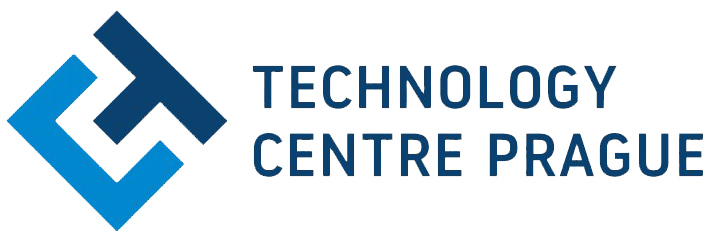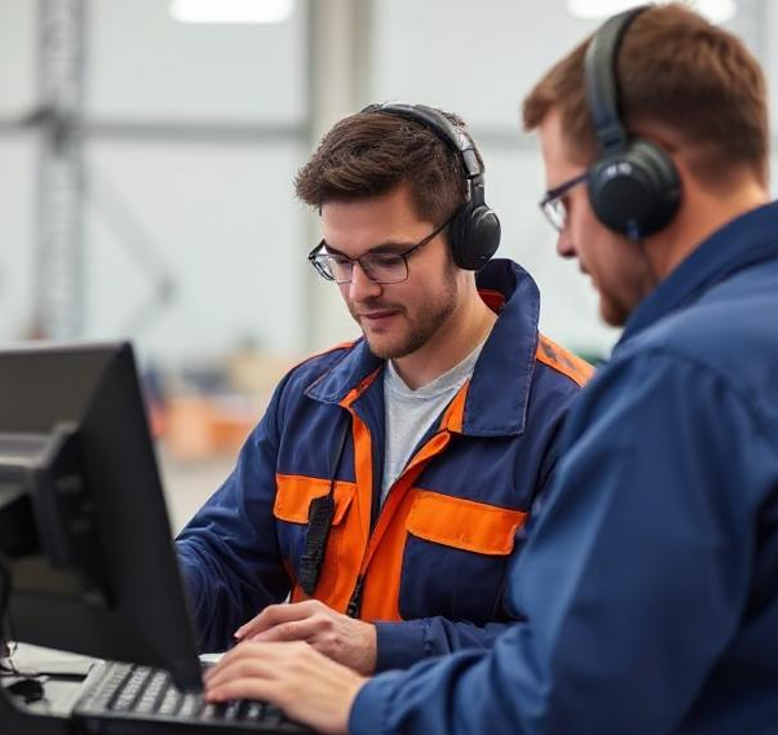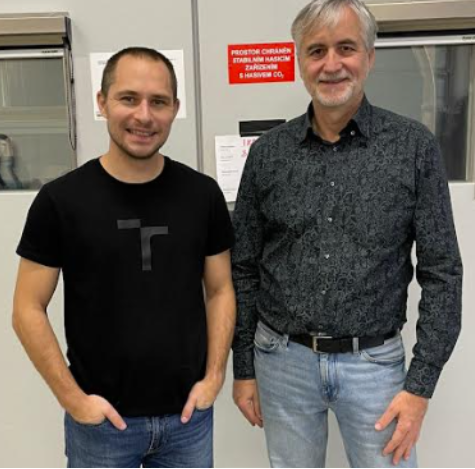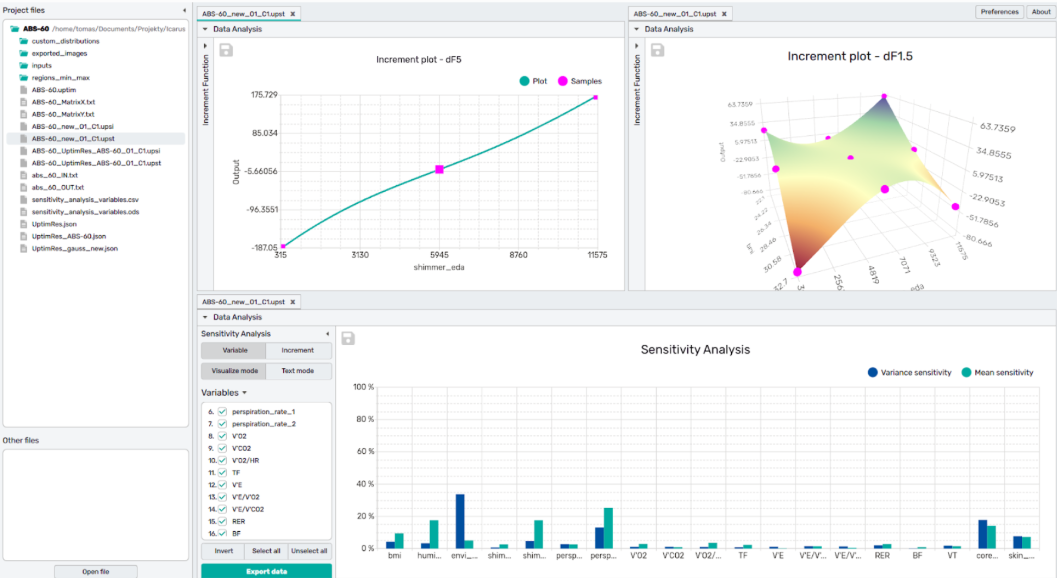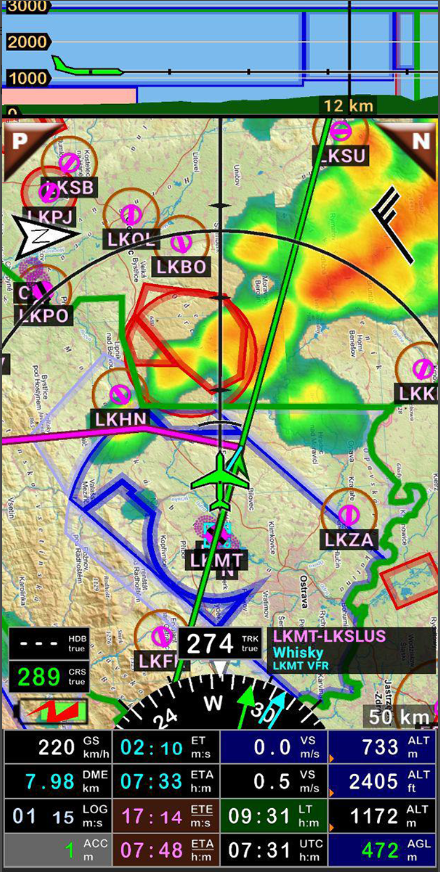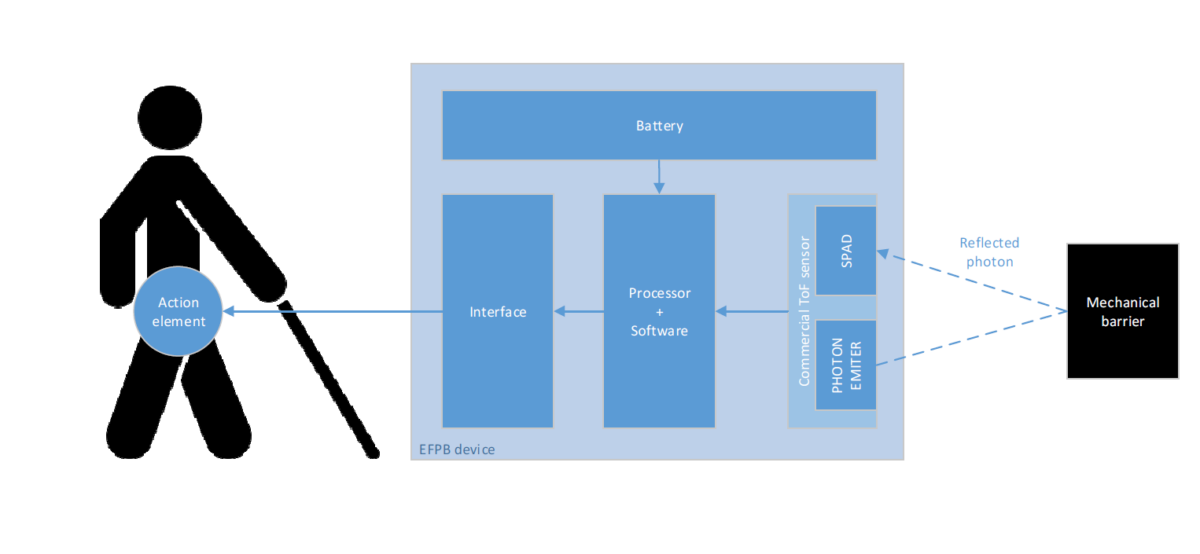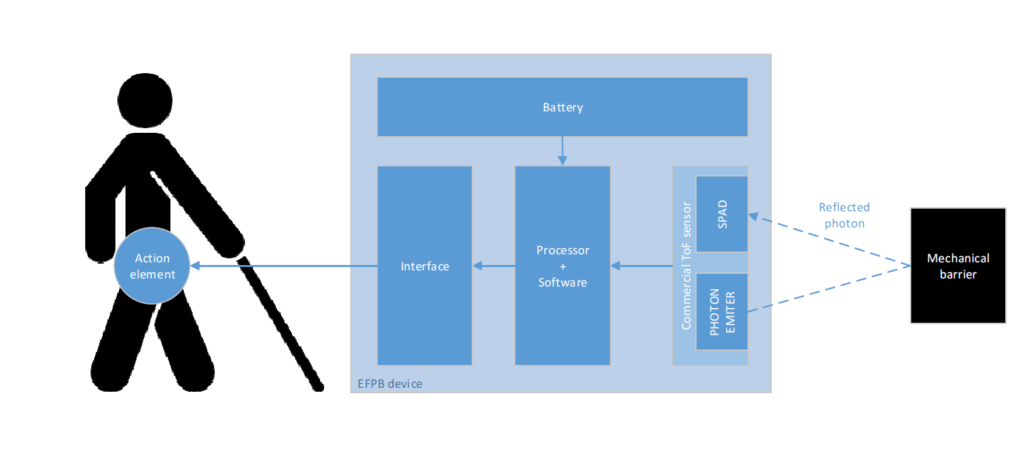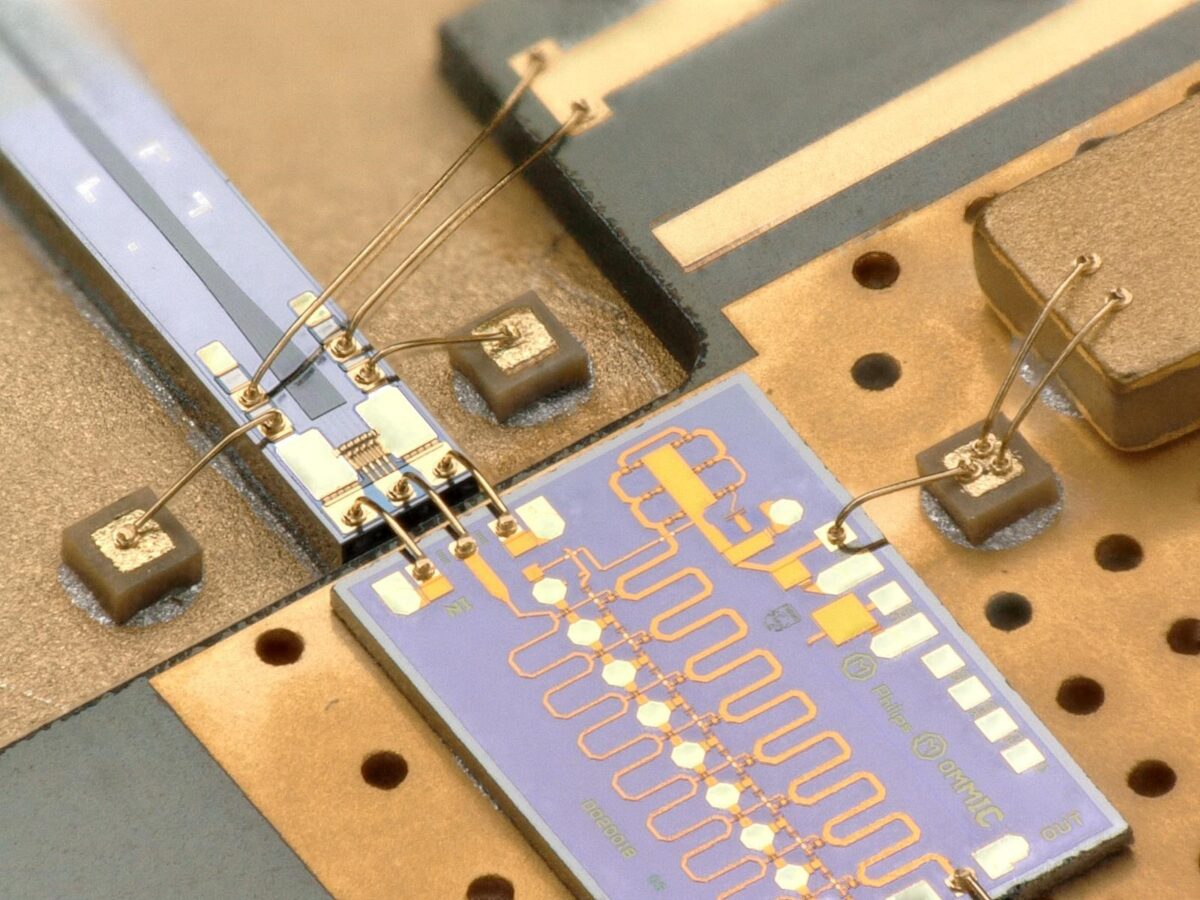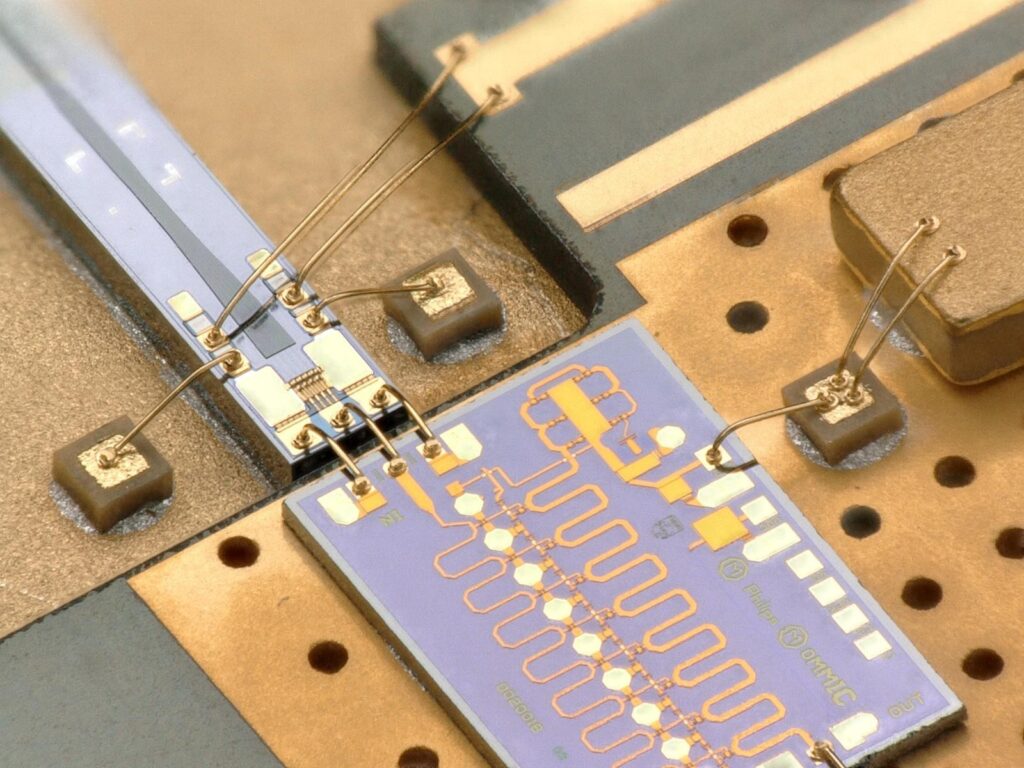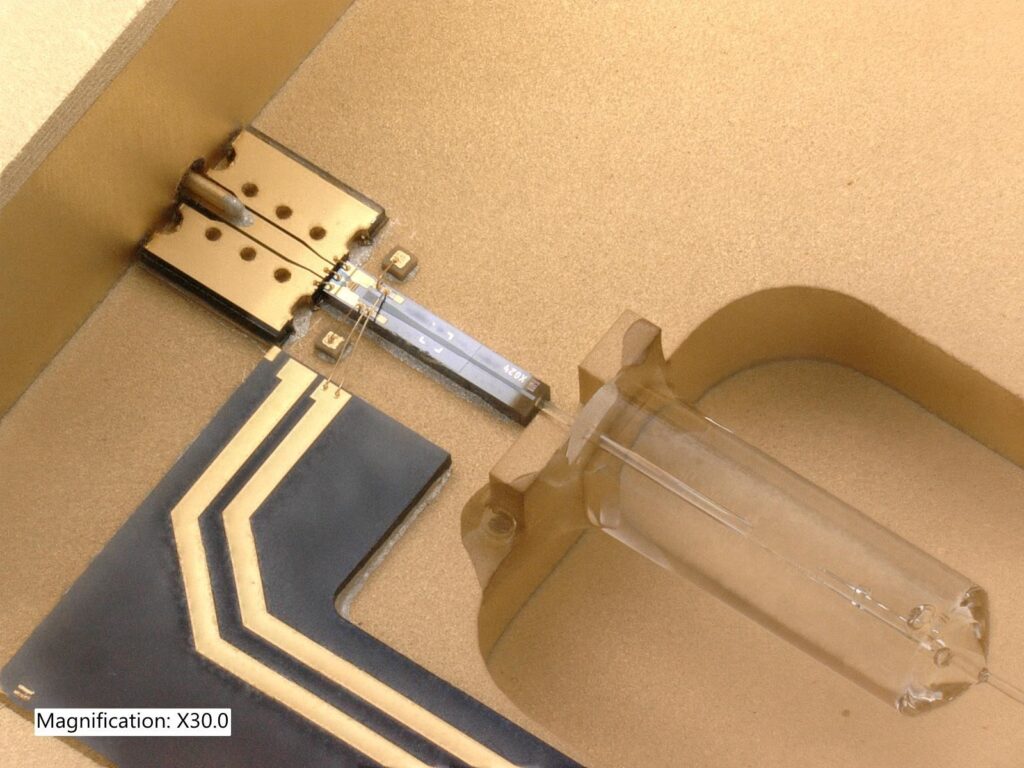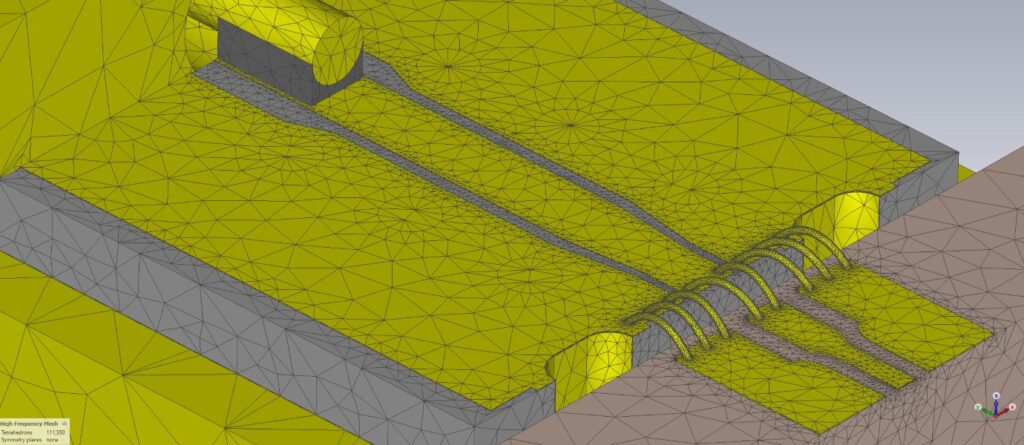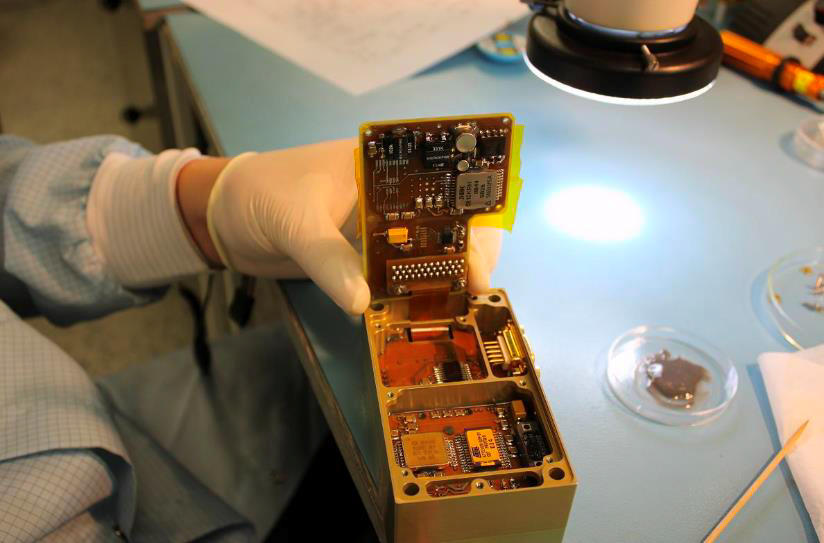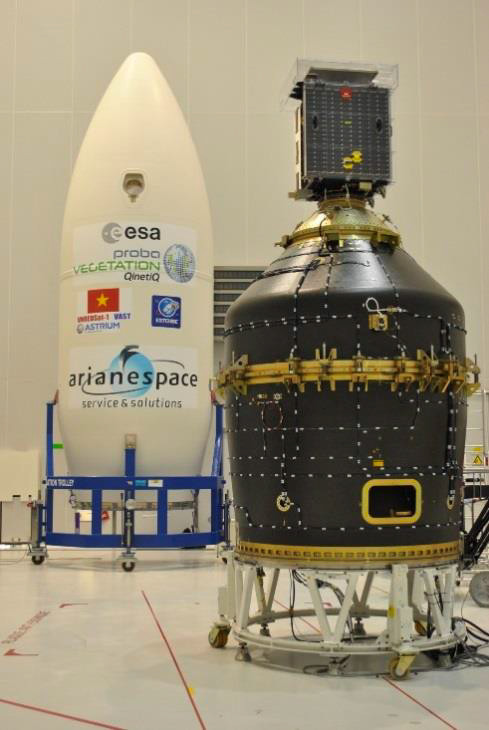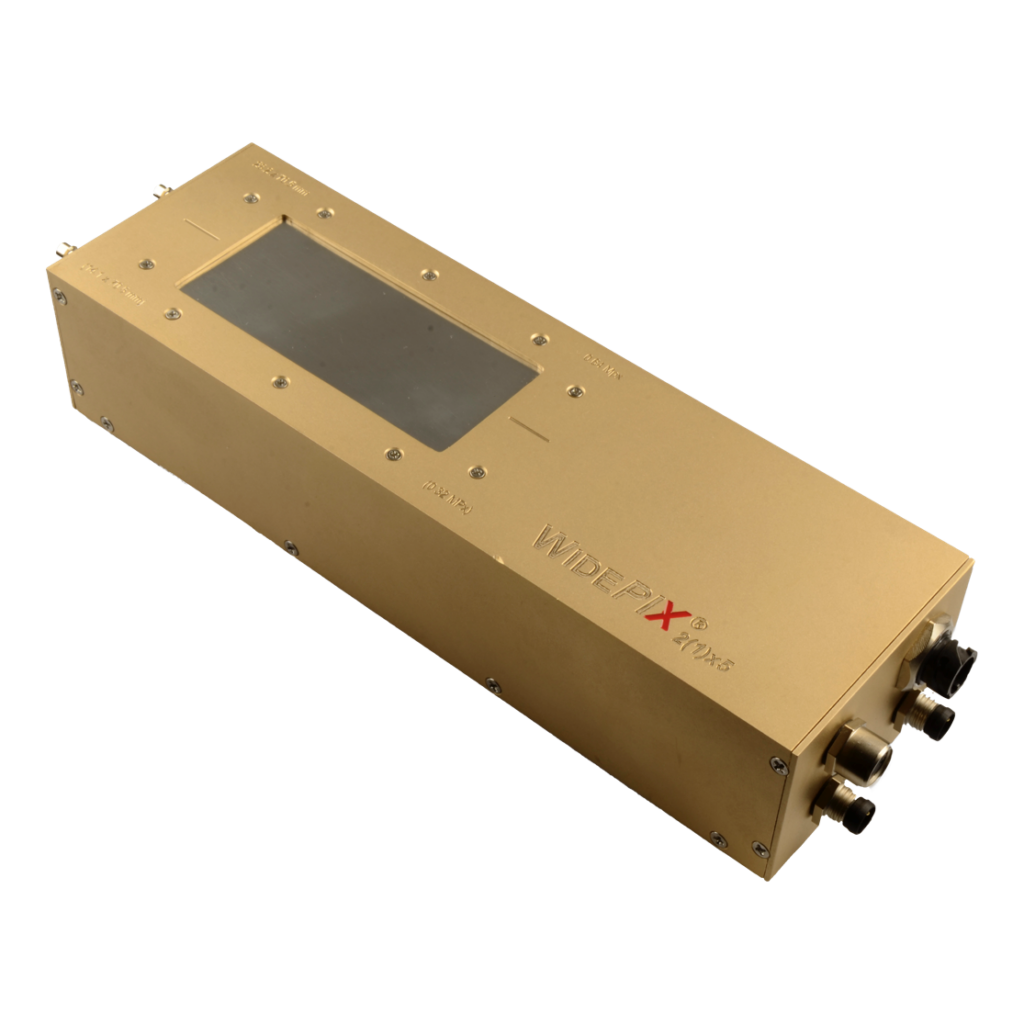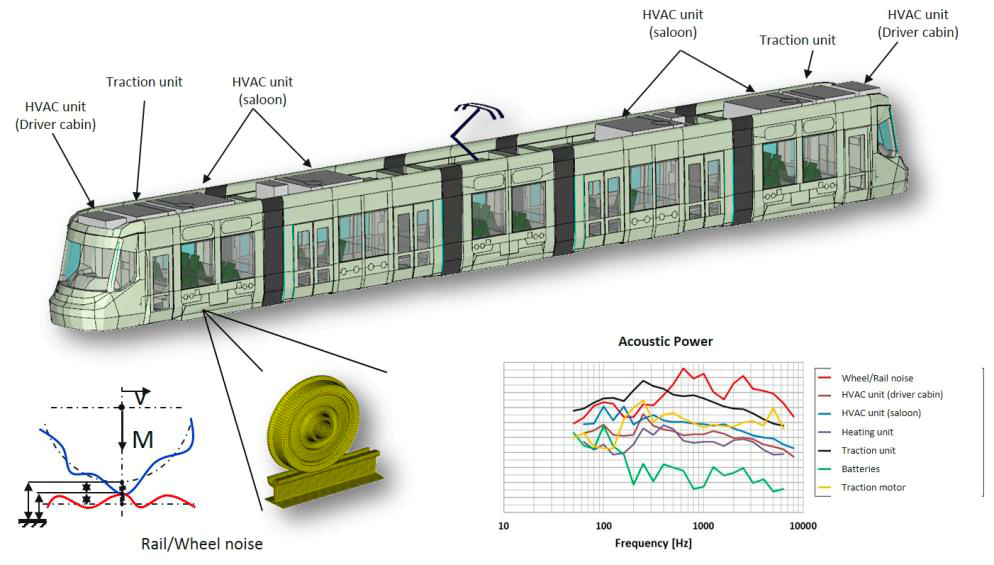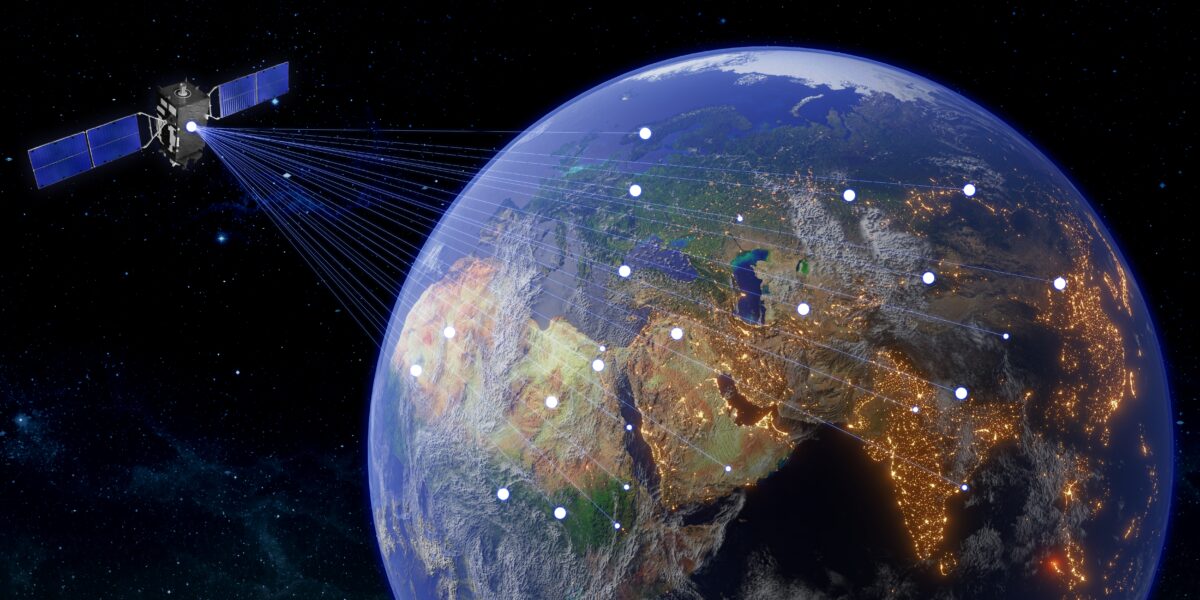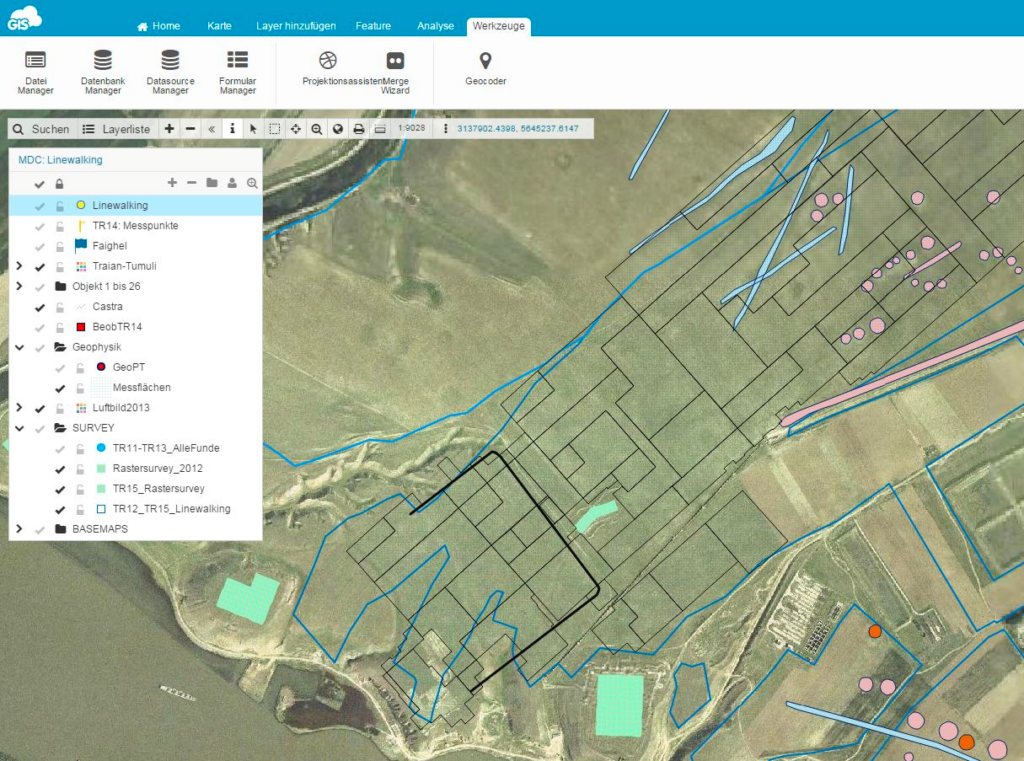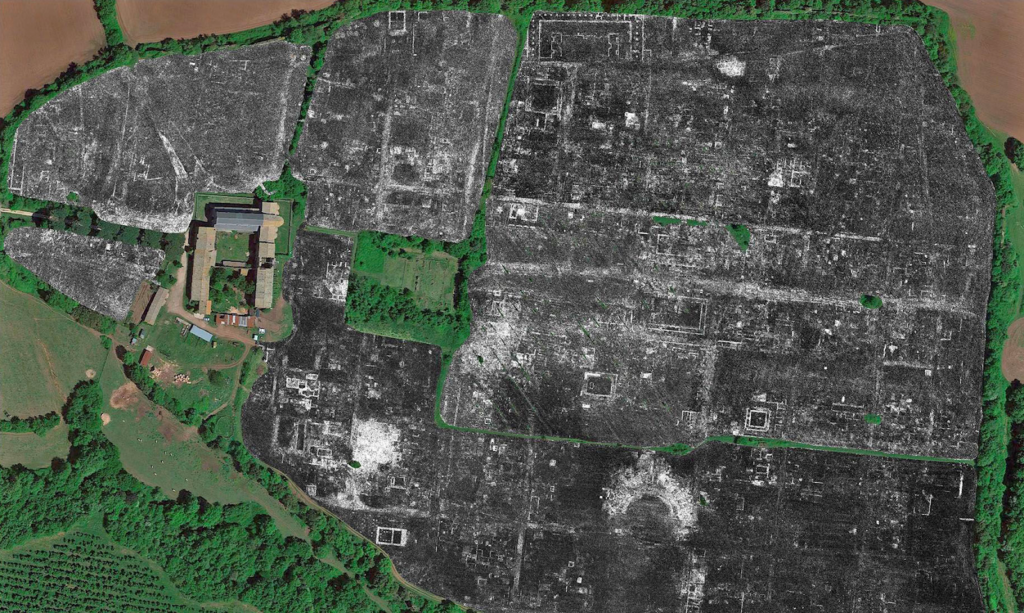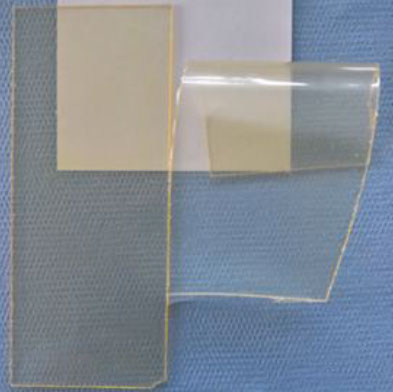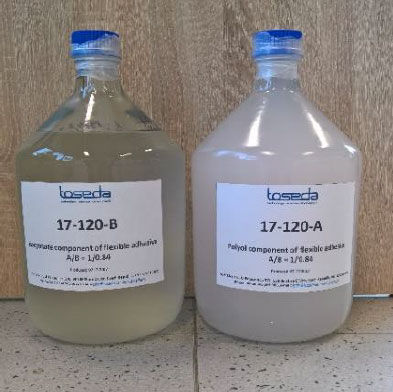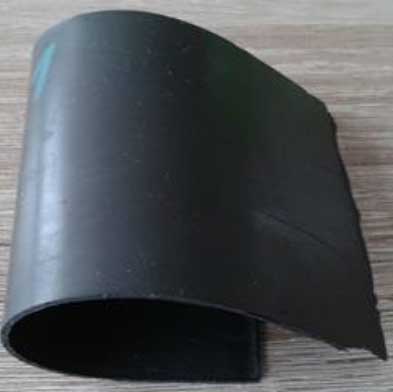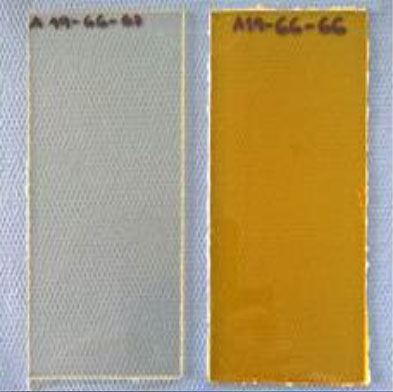A groundbreaking partnership between Czech F Air and German Astronautin has led to new Pilot Suitability Testing System. Created by F AIR, a leading Czech aerospace company, this innovative system aims to improve how aspiring pilots are evaluated. By leveraging advanced algorithms originally designed for astronaut selection, this project focuses on assessing cognitive abilities, psychomotor skills, and personality traits. The ESA Technology Broker in Czechia played a vital role in connecting F AIR with Astronautin GmbH, facilitating the transfer of knowledge and technology from the space sector to aviation. The project received funding through the ESA Spark Funding program, which supports innovative developments in various fields.
Key Players were:
F AIR, spol. s r.o.: Based in Czechia, F AIR has established itself as a prominent name in pilot training, aircraft sales, and maintenance.
Astronautin GmbH: This German company specializes in space HR management and astronaut selection, providing valuable expertise to the project.
Trueapps a.s.: A software development firm from Brno, Czech Republic, responsible for creating the system’s web-based application.
What This System Can Do
The Pilot Suitability Testing System is designed to provide a detailed assessment of pilot candidates by:
- Evaluating Cognitive Skills: Includes tests for mathematical knowledge, logical reasoning, and decision-making under pressure.
- Assessing Psychomotor Abilities: Focuses on hand-eye coordination and multitasking skills.
- Analyzing Personality Traits: Examines personal attributes such as openness and conscientiousness, ensuring candidates are well-suited for the demands of piloting.
Key Benefits
- Standardized Selection Process: Uses proven algorithms to create an evidence-based recruitment method for flight schools.
- Customized Training Plans: Identifies strengths and weaknesses in candidates, enabling tailored training programs.
- Wider Accessibility: Designed to be used by flight training centers and universities across Europe.
- Improved Safety and Efficiency: Helps enhance training quality, thus increasing safety in aviation operations.
Future Prospects
F AIR expanded this system’s use within various forms of pilot training, addressing the anticipated increasing demand for pilots in the coming years. The collaboration between F AIR, Astronautin GmbH, Trueapps, and the ESA Technology Broker exemplifies how sharing expertise between Czechia and Germany can lead to innovative solutions in pilot training. The Pilot Suitability Testing System is set to enhance the recruitment process, ensuring that future pilots are better prepared for the challenges of flying.
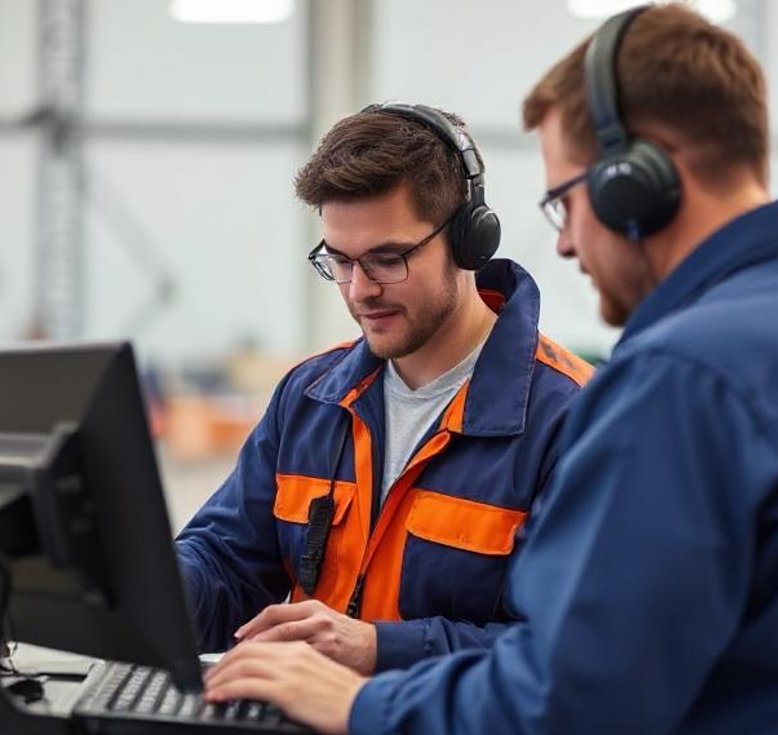
Overall, this project not only bridges a gap in pilot training but also sets a standard for future advancements in both aviation and space-related fields.
